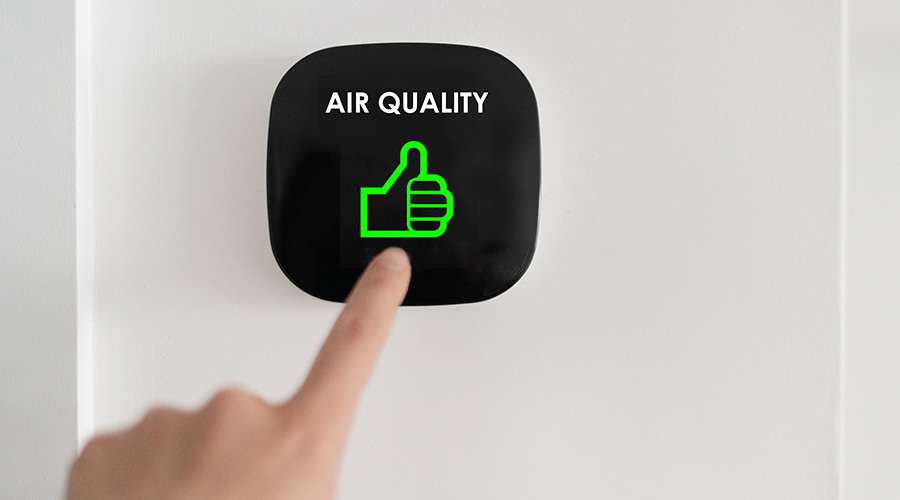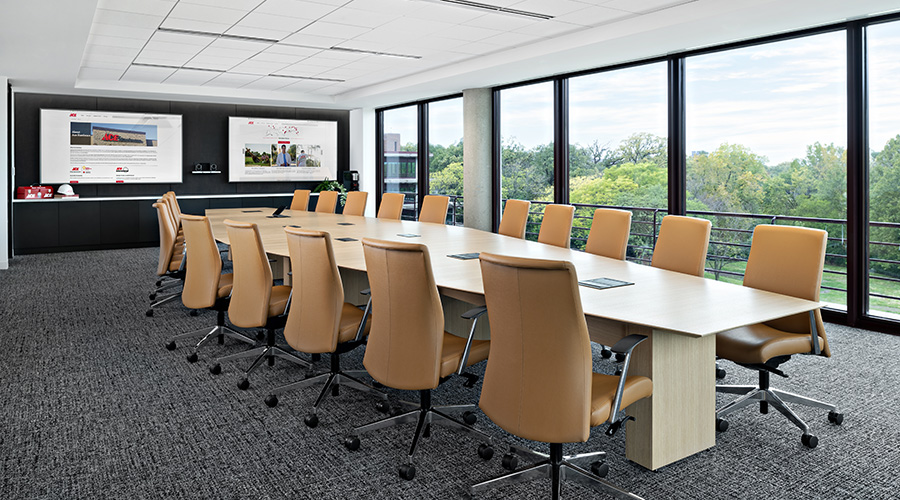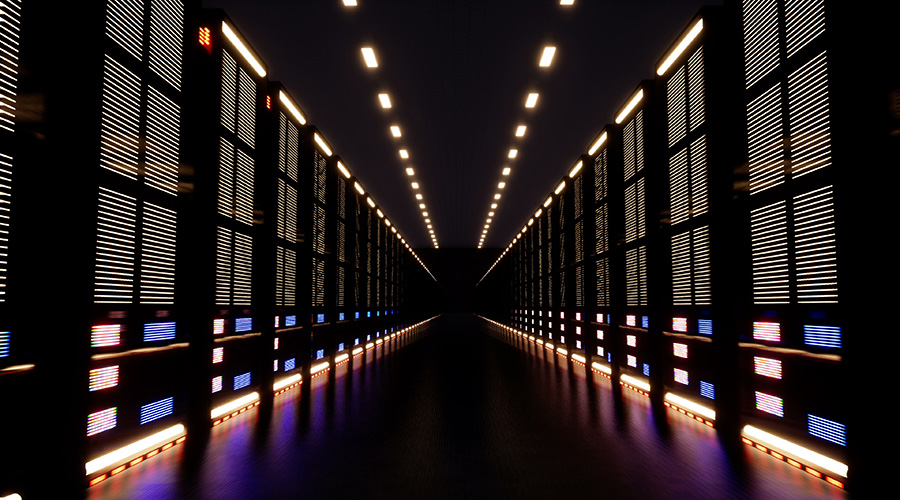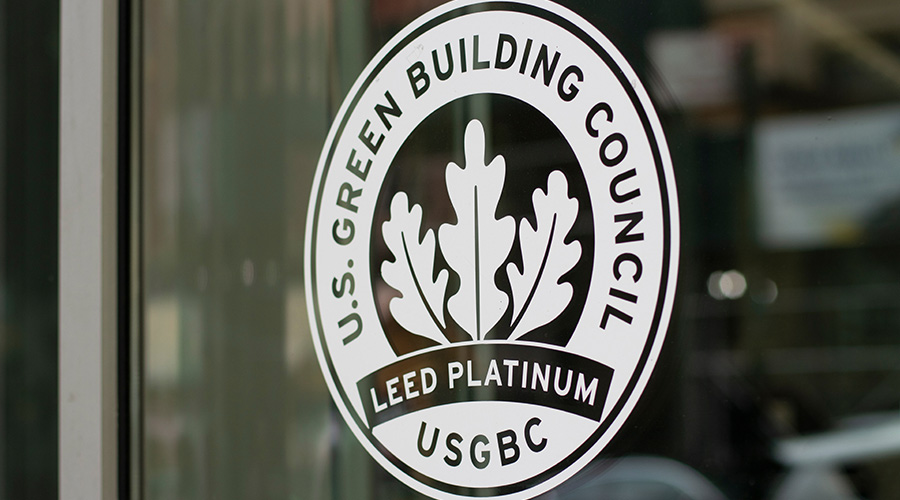
Maintaining Good Indoor Air Quality is a Balancing Act
Keeping IAQ in balance requires facility managers to be diligent on finishing materials, HVAC and more April 12, 2024
By Jeff Wardon, Jr., Assistant Editor
Indoor air quality (IAQ) is a balancing act that is comprised of many disparate parts. This balance is delicate, as indoor air can easily become polluted.
Said dirtied air is created by several different sources, such as wildfires, heat waves, and carbon-based pollution. However, not all indoor air pollutants come from the outdoors.
One of the most common sources of indoor air pollutants are the finishing materials such as paints, adhesives and sealants, says Sumayyah Theron, project lead at the Illinois Chapter of ASHRAE. These are typically used on many different surfaces within facilities, including furniture, particle boards, wood and floors.
“For example, the carpets or floors that you are using the finishing materials on can off gas and emit gas into your space,” says Theron. “This can happen even at room temperature – it does not have to be too hot. So, even if the sun is coming through the window and hitting your carpets, volatile organic compounds (VOCs) will be emitted.”
Bearing that in mind, carefully selecting what products and materials are used in a facility is crucial. Theron says to choose products that have some type of third-party green certification or environmental declaration noted on them.
Even still, VOCs and other pollutants can linger despite the best efforts of facility managers. When that happens, HVAC systems can aid in filtering these harmful pollutants out. However, there can come a tipping point for HVAC systems when there is too much air pollution to filter.
The impact of an increased burden on HVAC systems
With that increased need for filtration, HVAC systems will have to work multiple times harder than they already do. Rising demands on these systems will put them to their limits, causing problems for facility operations.
“It could really put a strain on our HVAC systems because they are working harder now to filter out all the pollutants and maintain good IAQ,” says Theron. “That also could potentially increase the energy consumption and the maintenance needs. With them now working harder, you will have to maintain it more frequently and possibly change your filters more frequently as well.”
All of it can lead to a domino effect of increased energy costs, wear and tear on HVAC systems, and poorer IAQ. These effects, if left unchecked, could create a downward spiral for a facility’s operational capabilities.
However, this can be avoided by taking the proper measures to address IAQ.
Restoring and maintaining the IAQ balance
“There is always this sweet spot with IAQ,” says Theron. Taking active measures to address IAQ issues can help keep facilities in that sweet spot.
Some active measures that facility managers can take begin with keeping the facility’s mechanical equipment in top shape and following up with their maintenance schedules as set forth by their manufacturers, says Theron.
Another measure that can be taken is by tracking and monitoring the facility’s filtration systems. Facility managers may even need to change how frequently they swap out their system’s filters.
“Make sure you are controlling the filtration of the outside air to the inside,” says Theron. “Because when the weather outside is bad, we need to make sure it is not going inside when we do not want it to. You can also use the outside air when it is cleaner to get fresh air inside.”
Theron also recommends having ongoing monitors that track several parameters such as particulate matter, ozone, carbon dioxide, temperature and humidity in addition to other IAQ measures.
Jeff Wardon, Jr. is the assistant editor for the facilities market.
Next
Read next on FacilitiesNet












